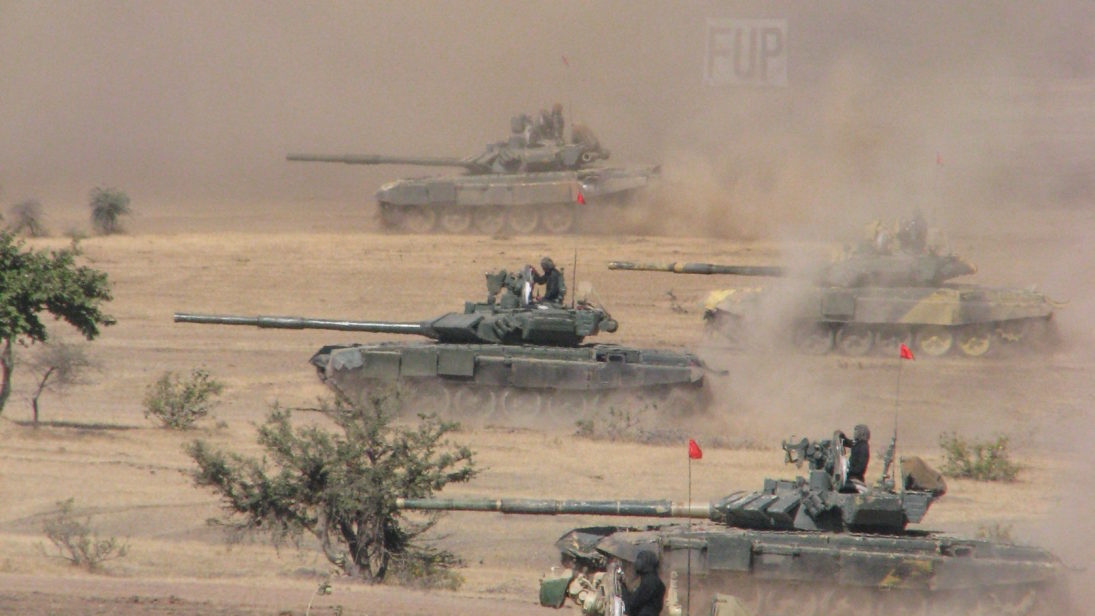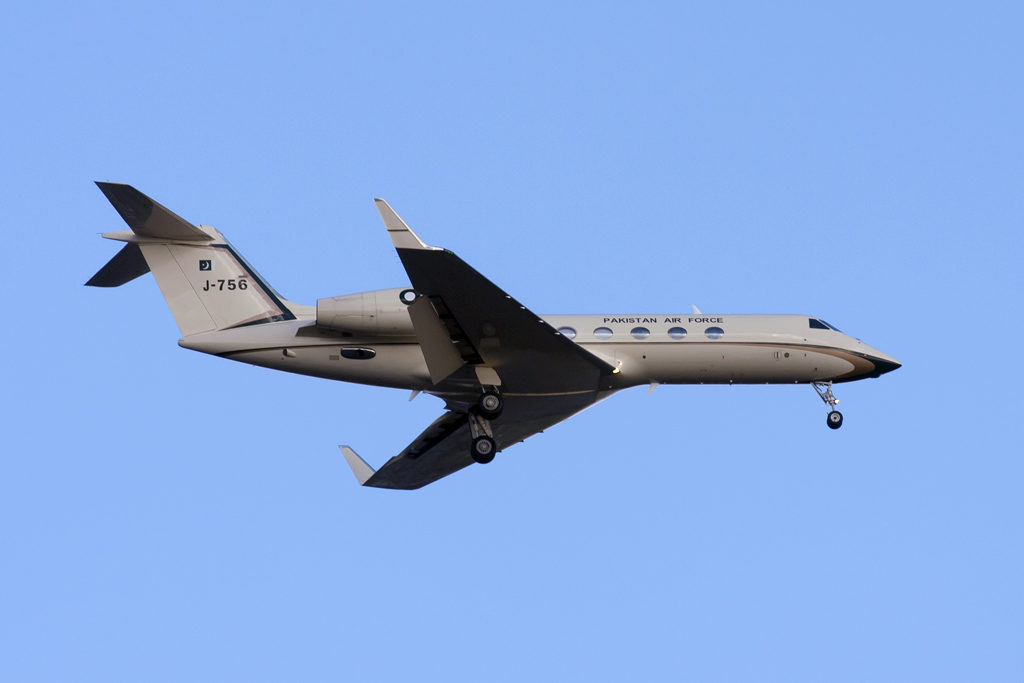
In a recent series for South Asian Voices, two scholars each from India and Pakistan shared their thoughts on India and Pakistan’s military doctrines, postures, and strategies in a series titled “Post-26/11: Strategic Direction or Drift?” One scholar from each country took on the nuclear doctrine and posture side of the topic and the other discussed conventional doctrine and posture. Not surprisingly, they differed widely in their analysis, the Indian scholars seeing their country in the “drift” mode and the Pakistani scholars seeing their country moving in a positive “strategic direction.”
Ali Ahmed argues that India’s doctrine ignores the implications of Pakistan’s introduction of tactical nuclear weapons (TNWs) into the region, noting that the 2003 doctrine of massively retaliating against any Pakistani first use is obsolete because of enlarged arsenals and the resulting environmental damage. He implies that India should match Pakistan’s TNW arsenal and adopt a counterforce strategy to limit the adverse impact of any future nuclear exchange. Joy Mitra likewise believes New Delhi has failed to keep up with the changing strategic landscape, but his criticism is about the conventional sphere. Chinese military might and Sino-Pakistani collaboration presents the prospect of a two-front war for which India’s armed forces are unprepared to fight and win. Citing the absence of an empowered Chief of Defense Staff, service turf battles, lack of jointness, and the failure of a recently promulgated Joint Doctrine for the Indian Armed Forces (JDIAF) to fully address the growing Chinese threat in cyber and information warfare, he suggests “a written national security strategy document that would help to outline the primary tenets of a comprehensive defence strategy.”
The two Pakistani scholars see a more positive evolution on both fronts. Sannia Abdullah describes a steady progression of nuclear doctrine and force structure from “minimum credible deterrence to credible minimum deterrence in line with the dictates of full spectrum deterrence (FSD)” that allows Pakistani decisionmakers to choose from a wide range of countervalue, battlefield, and counterforce targets. The next evolution will need to take into account the burgeoning U.S.-India strategic relationship and address scenarios in which India or the United States acting on India’s behalf attempts to preemptively neutralize Pakistan’s deterrent forces, the latter perhaps providing justification for a future Pakistani intercontinental ballistic missile (ICBM). Maimuna Ashraf posits that a credible deterrent requires advanced conventional weapons to ensure strategic stability. Pakistan’s FSD has thus far deterred a full-scale Indian attack, but the adverse conventional military imbalance and aggressive Indian ground forces doctrine are pushing Pakistan to acquire advanced conventional weaponry to raise the nuclear threshold in any future conflict. This will provide Pakistan better response options to a future limited conventional incursion by India than rapidly going nuclear.
Whether onthe nuclear or conventional side of the topic, all four scholars eschew strategyand focus on doctrine. Strategy is a set of ideas about synchronizing the four elementsof national power—diplomacy, information, military, and economic—to attain nationalobjectives; doctrine is the component of strategy that drives force posture. Itis the set of core principles about how to wage war in order to achieve thedesired end state. British military historian Sir Michael Howard once said, “I am tempted indeed todeclare dogmatically that whatever the doctrine the armed forces are working onnow, they have got it wrong. I am also tempted to declare that it does notmatter that they have got it wrong. What does matter is their capacity to getit right quickly when the moment arrives.” What are the chances that India andPakistan will get it right in the next crisis? They do not look promising.

I disagree with both Pakistani scholars that Pakistan’s doctrinal evolution increases strategic stability in the subcontinent. It has done precisely the opposite. During a 2006 meeting in Islamabad, Strategic Plans Division (SPD) chief Khalid Kidwai explained what “credible minimum deterrence” actually meant. He said that Pakistan had examined India’s nuclear capabilities and sized its arsenal on two objectives: deterring Indian aggression and establishing a second-strike capability. Pakistan, he continued, would not engage in a nuclear arms race with India, but only improve the quality of its deterrent by future upgrades to existing weapons and delivery systems. Conventionally, Pakistan would maintain a rapid mobilization capability and military readiness near the border, but Indian conventional doctrines would not affect Pakistan’s nuclear doctrine. FSD turns this logic completely on its head. TNW development is explicitly linked to India’s “Cold Start” doctrine, and far from avoiding an arms race, Pakistan is fully embarked on races in both the nuclear and conventional domains. Pakistan’s fragile economy and the robustness of India’s makes this a recipe for disaster as the former Soviet Union learned bitterly.
Ashraf pointsout that Pakistan plans to use its nuclear arsenal to deter an Indian attackacross the international border and fight conventionally if deterrence fails. Only if the situation cannot be stabilizedconventionally would TNWs be used at the “tactical” and “operational” levels ofwarfare. This was precisely NATO’s original plan to deal with Sovietconventional military superiority in Europe during the Cold War. But NATO eventually concluded that a Sovietconventional attack would eventually trigger a wider nuclear response thatwould destroy the Soviet Union. It wasthis fear, not TNWs or other conventional improvements by NATO, that deterredthe Soviet Union. This lesson has been ignored by SPD and many Pakistan Armyofficers apparently believe that TNWs can be employed against Indian troopswithout triggering an Indian nuclear response if they are used on Pakistaniterritory.
I also disagreewith Ahmed’s suggestion that continuity in Indian nuclear doctrine is a badthing. Doctrine is not an inflexibleprescription for action, merely a general guide that can be modified to fitexisting conditions. In contrast toPakistan, Indian decisionmakers possibly have learned the right lessons fromNATO’s experience. Doctrinal stasis is not a bad thing when the alternative isto match an opponent’s mistake.
On the otherhand, Mitra is correct about the Indian armed forces’ organizationalincoherence, although it will take far more than a new national strategydocument to break through the silos in which the three services currently operateand prepare for war. Interestingly, the same criticisms can be leveled at thePakistan armed forces. Pakistan’s armedforces are no more joint than India’s and virtually all of Mitra’s complaintsapply to them as well. In any future conflict, both sides are likely to fightwithout inter-service cooperation or synergy.
Finally, in nearly four decades of working on South Asia issues, I have noticed an appalling absence of public debate on nuclear issues and little discussion of them at professional military education institutions. The strategic narratives in both countries seem fixed and stagnant with government officials enforcing the status quo by controlling research funding, academic appointments, and government-sponsored foreign travel and study. Therefore, I applaud these four scholars for their boldness and candor in moving forward what I hope is a continuing dialogue on this vital topic.
Editor’s Note: South Asian Voices (SAV) endeavors to ensure its contributors are influencing policy debates in India, Pakistan, and the United States. To this end, our feature Experts Ki Rai periodically has experienced South Asia specialists weigh-in on contributors’ analysis, in the hope of continuing to advance meaningful dialogue on the subcontinent and beyond. In this edition of Experts Ki Rai, Col. David Smith responds to SAV’s series “Strategic Direction or Drift?” Read the series here.
Image 1: Wikimedia Commons
Image 2: Rob Schleiffert via Flickr


